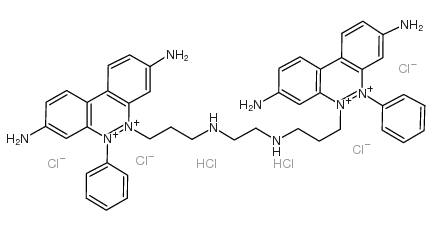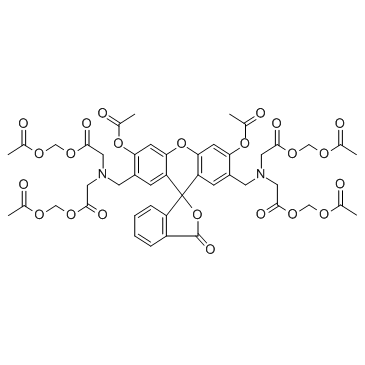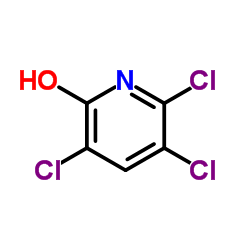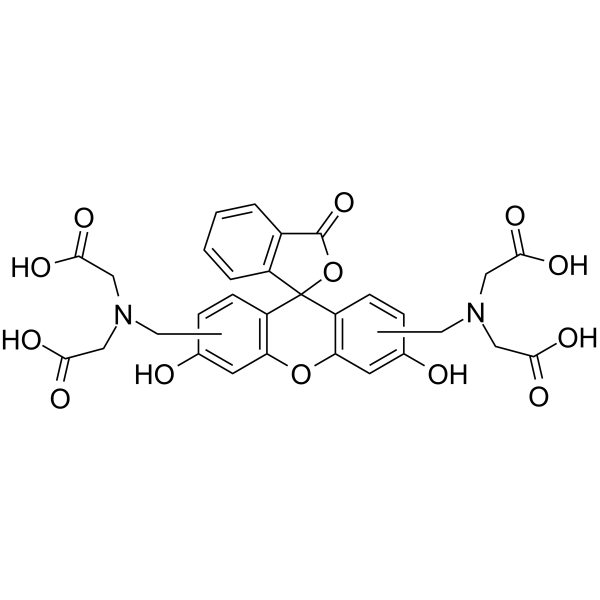| Structure | Name/CAS No. | Articles |
|---|---|---|
 |
Ethidium homodimer
CAS:61926-22-5 |
|
 |
Calcein-AM
CAS:148504-34-1 |
|
 |
3,5,6-Trichloro-2-pyridinol
CAS:6515-38-4 |
|
 |
Calcein (mixture of isomers)
CAS:154071-48-4 |